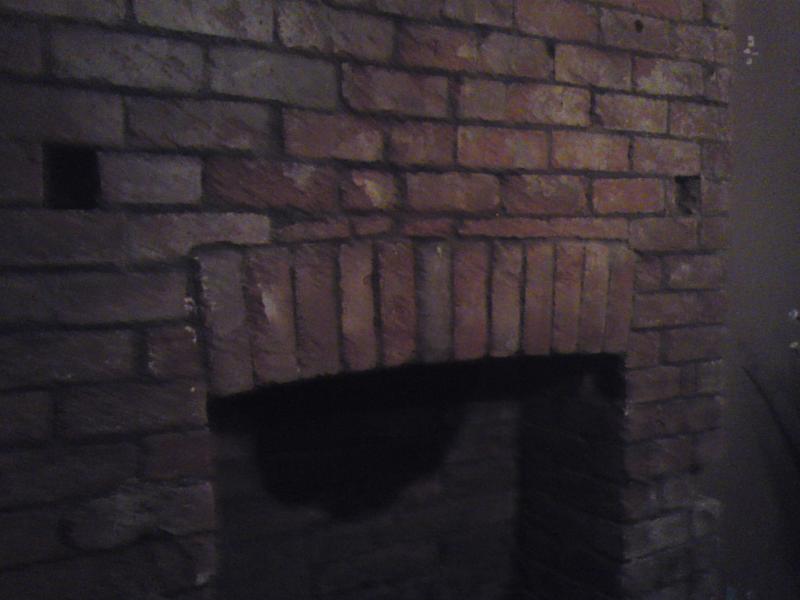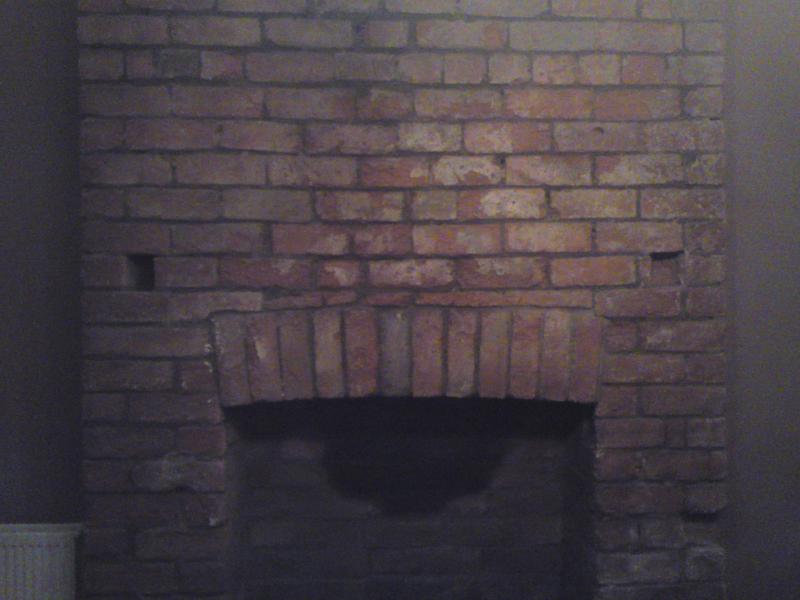Hi,
I was hoping one of you professional plasteres could help me with a couple of questions.
I,m about to replaster my recently stripped chimney breast as my wife with her ever changing mind has decided she no longer likes the bare brick look anymore despite the fact it took me ages with a wire brush to get back to the state you see in the photo's.
However i'm a DIY plasterer and i'm quite happy with my level of skill when it comes to plastering but there is so much i dont know and am always willing to learn new stuff.
1) What is the best way to replaster the chimney with regards of the material to use as it will have a woodburning stove installed
2) The internal back of the chimney is damp not soaking wet but the bricks are darker and when you really close they smell a bit musty(it's about 4 bricks above hearth level and has been like this since it was opened up about 6 months ago with no real signs of drying out i assume it could be penetrating damp as we live on a hill and next door on the other side of my chimney are higher up so my finished floor would be under their floor level if you see what i mean as their house is stepped higher than mine, or it could be rising damp (but after reading a long winded post on here about rising damp i dont even know it that exists).
Is it o.k to sand cement render with water proofer additive on the inside of a chimney and will this stop the damp or is there a better method as like i said before it's not really damp.
3) What is the best way to maintain the curve of the arch of the opening when it comes to replastering the face of the chimney.
Thanks
I was hoping one of you professional plasteres could help me with a couple of questions.
I,m about to replaster my recently stripped chimney breast as my wife with her ever changing mind has decided she no longer likes the bare brick look anymore despite the fact it took me ages with a wire brush to get back to the state you see in the photo's.
However i'm a DIY plasterer and i'm quite happy with my level of skill when it comes to plastering but there is so much i dont know and am always willing to learn new stuff.
1) What is the best way to replaster the chimney with regards of the material to use as it will have a woodburning stove installed
2) The internal back of the chimney is damp not soaking wet but the bricks are darker and when you really close they smell a bit musty(it's about 4 bricks above hearth level and has been like this since it was opened up about 6 months ago with no real signs of drying out i assume it could be penetrating damp as we live on a hill and next door on the other side of my chimney are higher up so my finished floor would be under their floor level if you see what i mean as their house is stepped higher than mine, or it could be rising damp (but after reading a long winded post on here about rising damp i dont even know it that exists).
Is it o.k to sand cement render with water proofer additive on the inside of a chimney and will this stop the damp or is there a better method as like i said before it's not really damp.
3) What is the best way to maintain the curve of the arch of the opening when it comes to replastering the face of the chimney.
Thanks



